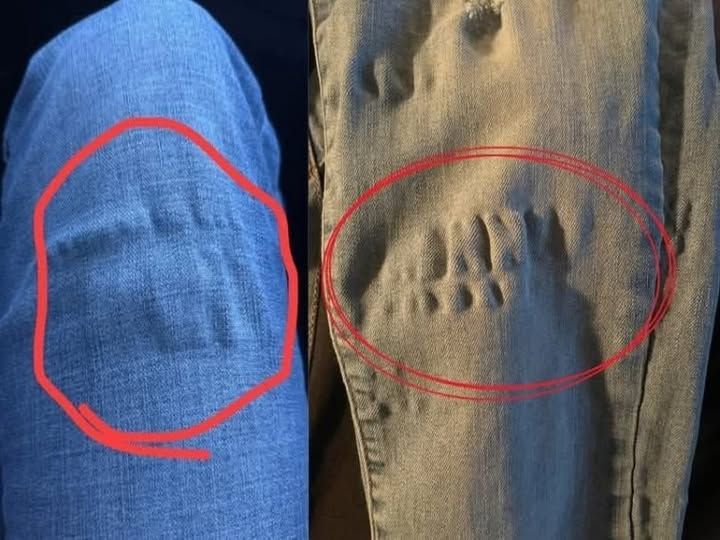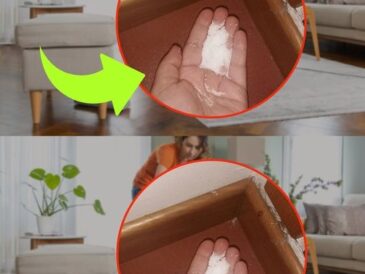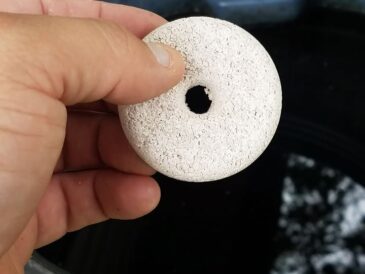If you’ve ever pulled your jeans out of the laundry only to find strange ripples, waves, or wrinkled-looking lines along the fabric, you’re definitely not alone. These odd ripples can make denim look worn out or poorly cared for — but there’s a logical explanation behind them. Understanding what causes this effect can help you prevent it and keep your favorite jeans looking sharp and smooth after every wash.
What Are Those Ripples, Exactly?
The ripples or wavy creases often appear:
- Along the thighs and knees
- Near the waistband
- Around seams or pockets
They can look like bumps, ridges, or tiny folds that don’t smooth out easily — even after ironing. This is a common denim phenomenon called fabric puckering.
The Science Behind It: Denim Construction
Denim is a thick cotton twill made from tightly woven fibers. When exposed to water, heat, and friction, the fibers:
- Soak up water and expand
- Twist as they dry
- Contract unevenly
This uneven shrinking creates tension, especially near seams where stitching holds fabric in place. The result? Ripples and puckering.
What Really Causes the Ripples
Several everyday laundry habits contribute to this effect:
1. Heat Exposure
Hot water and high dryer heat force denim fibers to contract quickly and unevenly.
2. Over-Aggressive Washing
Frequent or long wash cycles twist and agitate the fabric, encouraging puckering.
3. Tight Seams & Stitching
Areas with heavy stitching shrink less, causing surrounding fabric to ripple.
4. Fabric Softener & Residue
Some detergents and softeners cling to fibers, stiffening them and worsening wrinkles.
5. Denim Stretch Fibers
Stretch jeans (those containing elastane/spandex) can ripple more because elastic fibers react differently to water and heat than cotton.
How to Prevent Ripples in Your Jeans
Follow these care tips to keep denim smooth:
TO CONTINUE READING THE ARTICLE PLEASE SEE PAGE 2




